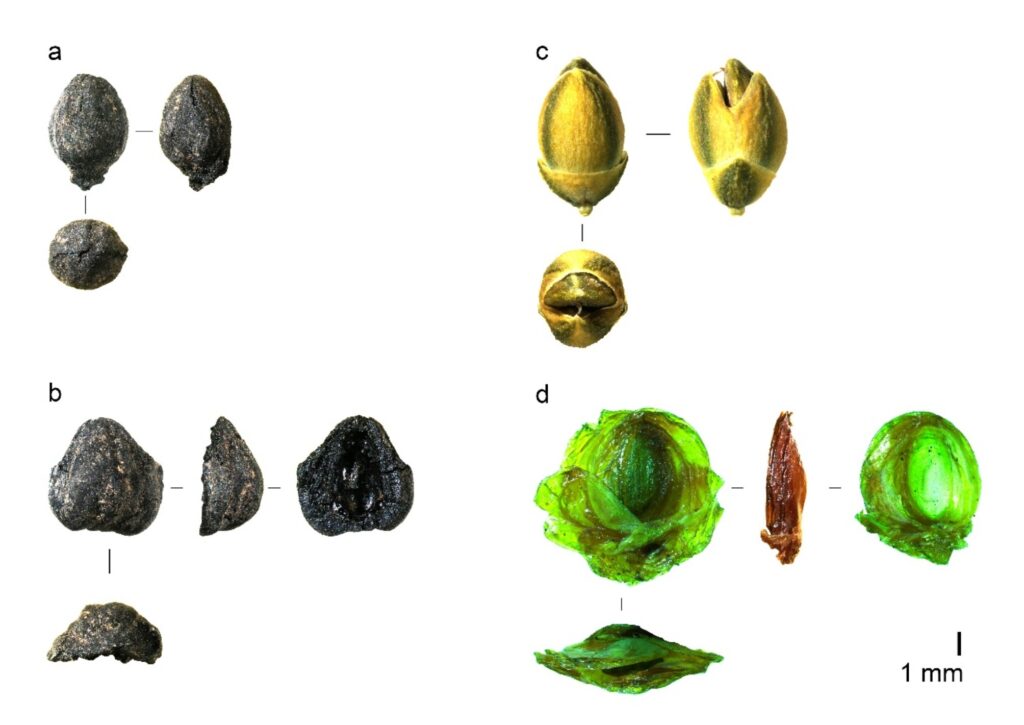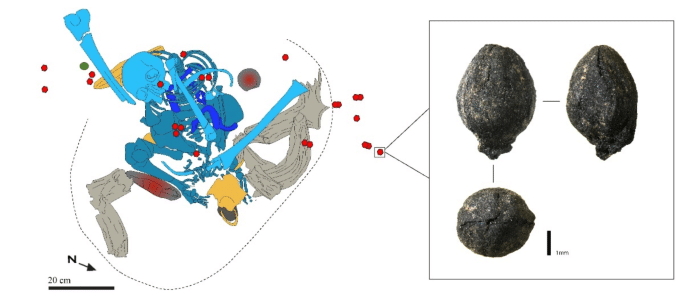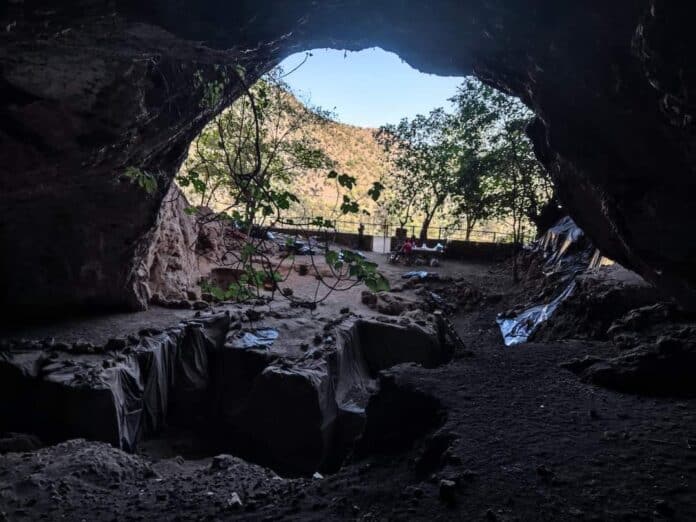An international research team has discovered evidence of the early use of medicinal herb in the cave of Pigeons near the town of Tafoughalt, eastern Morocco. The archaeological findings date back 15,000 years and were published in the journal Nature, according to Morocco National Institute of Archaeology and Heritage Sciences. This significant discovery highlights the early application of herbal medicine in prehistoric communities.
A recent study published in Nature has brought to light the use of Ephedra, an ancient medicinal plant, by prehistoric communities in Morocco for ritualistic and potential therapeutic purposes. The findings were derived from 15,000-year-old fossilized plant remains excavated from the Grotte des Pigeons in northeastern Morocco. This site, occupied by the Iberomaurusians, highlights the symbolic importance of plants in the lives of early hunter-gatherers in North Africa.

Ephedra, a resilient genus of non-flowering shrubs, thrives in arid environments and has a history dating back over 120 million years to the Early Cretaceous period. Its cones, rich in protein and fat, are utilized for food by modern desert communities, such as the Tuareg and Mongols. Notably, Ephedra contains ephedrine and pseudoephedrine, potent alkaloids known for their stimulating and vasoconstrictive properties.
The Iberomaurusians of the Late Stone Age, who inhabited the Grotte des Pigeons, are known for their intricate burial customs and symbolic practices. Excavations revealed core burials, including that of a young male, accompanied by charred Ephedra remains, indicating the plant’s possible use in funerary rituals or as a remedy during painful rites such as tooth extraction. This underscores a complex understanding of medicinal herbs in managing pain and ritual symbolism.

Historically, Ephedra has been used across various cultures, including Morocco and China, as a remedy for respiratory ailments. Its active compound, ephedrine, gained popularity in the early 20th century as a bronchodilator before newer medications replaced it due to side effects. Despite modern restrictions on Ephedra due to safety concerns, the plant remains an intriguing subject of pharmacological and phytochemical research.
This research was spearheaded by an international team, including Moroccan, British, and Spanish scholars, showcasing the collaborative efforts to unearth and interpret the complex interactions between early humans and their natural environment. The discoveries provide a rare window into the role of medicinal plants in prehistoric life, emphasizing their deep-rooted significance in rituals and community health practices.

